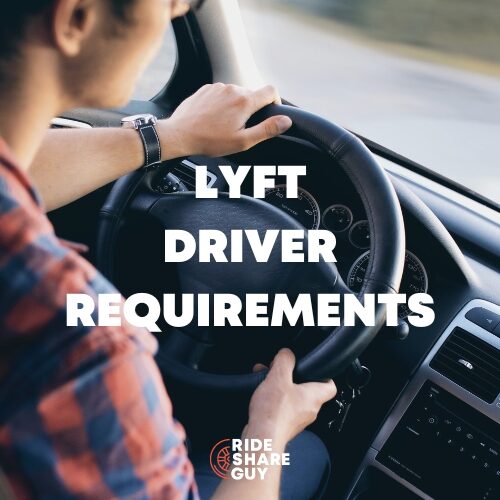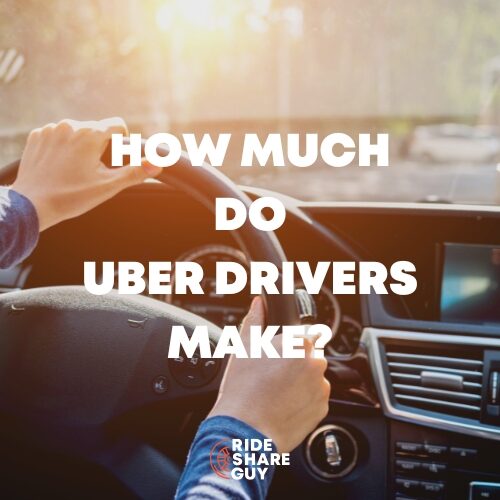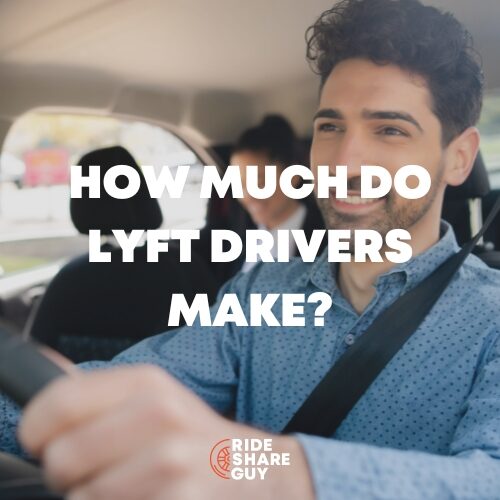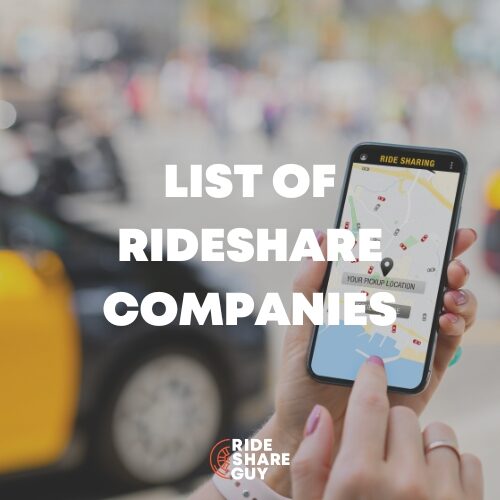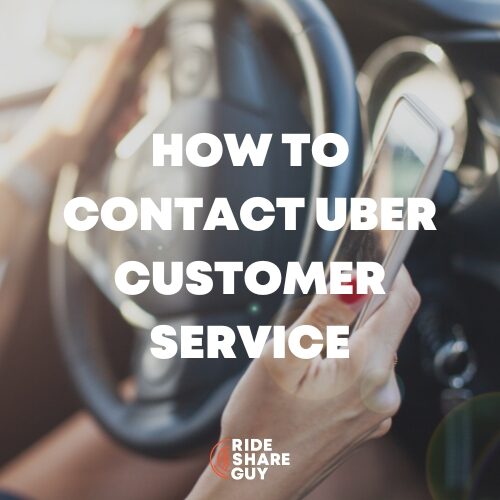Should Uber drivers be used for non-emergency medical transportation? Should each driver get the option to opt-in or opt-out of these kinds of ride requests? RSG contributor Tyler Philbrook interviewed drivers surprised by a medical transport pickup request. Here are their stories and how you can handle these situations.
On a typical morning of rideshare driving, one driver named Tim accepted a ride, just like any other day or request.
When he arrived, a woman came out and asked who he was there to pick up. Then she explained that not only had the passenger already been picked up but that he was the third Uber driver that had shown up to pick up the passenger.
What was even worse was that this particular passenger had not ordered an Uber. They had a broken leg and contacted a medical transport company to pick them up, and that medical company then sent Uber driver after Uber driver who could not give them a ride.
Unfortunately, this is not an isolated incident for Tim, as every morning for several hours he gets nothing but these types of rides initiated by medical transport companies.
Quick Summary:
- Do your best with these rides even if you can’t contact the rider or requester easily
- Be prepared to store a wheelchair, oxygen tank, crutches or other medical equipment for the ride
- Don’t expect a tip from these rides as they are booked by a third party, not the individual you will be transporting
Interview with Tim
Tim has been doing gig work for over four years now. After 20 years of working in the school system, he went back to school himself and has used gig work to support himself while going to school.
He has recently noticed an increase in these medical transport rides.
These come in just like any other request, and there is nothing different before you accept. Once you accept, however, there are notes that tell you to pick up the passenger, not deviate from the route, and that you can contact the rider.
However, once the passengers get in the car, they often ask if they can stop at gas stations and smoke shops. That is if you can find them at all. And though the note says you can contact the passenger, attempts usually lead to disconnected phones or ones that never get answered.
Not only do these rides cause additional stress and anxiety, but they are among the lowest-paying rides, with no chance of a tip.
What’s Going On
Both Lyft and Uber have programs where they work directly with different medical companies to give patients rides to and from appointments.
Some medical professionals even have the ability to order these rides directly through the electronic medical records system they use. And the cost of the ride is billed to the insurance rather than to the patient.
Watch what it’s like giving NEMT rides here: MEDICAL RIDES On Uber And Lyft WORTH IT? What It’s Like For Drivers And Their Concerns (NEMT)
This is a great way for patients with low funds and disabled to the point that they cannot drive themselves, to have a little independence. I’ve had a few of these rides myself. Usually, they are older people who no longer drive, going to and from their doctor’s appointments. In my seven years of driving, I’ve received maybe three of these rides.
In Tim’s area, they are receiving nothing but requests like this for roughly 2-3 hours a day. The rides have normal names, so the only way to tell that they are a transport of any kind is when you look at the notes that say “can rcv txt”. And, if it’s transported for patients to and from an appointment or procedure, then it’s up to each driver to take the ride or cancel it.
However, as in the first example given, some of these rides are coming in that require medical transport. Ones on oxygen require a specific type of vehicle or require the driver to have specialized training to care for them.
Other Experiences
I asked drivers on social media how they felt about medical transport rides, and here are some of the responses we received on RSG’s Facebook page.
Steve said, “They’re okay, unless the passenger’s illness is contagious. I once cancelled at a pick up and advised the requester to call 911.”
Commenter Sandra had a unique take:
“I have mostly taken people to and from their dialysis apts and it sounds like those who have commented have done a variety of rides. I work for Humana and this is a benefit is in a person’s Medicare benefits.
While it has its positives and negatives, this is a really good thing. If the person cannot get to their appointments, their health will decline which ultimately puts a strain on the healthcare system and the taxes you pay. You too will be old and will need assistance, have some grace, empathy and patience…it might be you one day.”
Others stated they don’t care… basically, a ride is a ride. As long as it pays, they are happy. Others said they wished all of their rides were healthcare ones.
On the other side of the coin, Andy stated, “It’s abuse of the system to use Uber to transport people that need special care. I’ll bet the healthcare provider takes in a lot more $ than what they pay for an Uber ride. I cancel all out patient rides I get stuck with.”
Most agree that there’s a bit of a breakdown in communication. It’s unclear what kind of equipment the person may need to store in the vehicle. Not all trunks are big enough for a wheelchair. Most vehicles can’t handle a scooter. Plus, it’s unclear what state the person will be in when they are picked up and what kind of help they may need.
Veronica laid it out straight and said, “I’m not an ambulance service.”
How To Fix It
When I asked Tim, he was unsure of how to fix the issue. Maybe an investigation could be done to see how these medical transport companies charging medical transport prices are truly fulfilling what they are charging for.
A few thoughts on how to make this much better for the drivers as well as the passengers:
- Make the rides worth taking, minimum pay does not get drivers
- Have it clear before the driver accepts, so they don’t have to cancel the ride
- Make sure the rides are NEMT (non-emergency medical transport) rather than requiring a medical transport
- Verify active phone numbers to contact passengers when needed
Treat This Like a Business
As rideshare drivers, our goal is to make as much money as possible in as little time as possible. Really, that’s the goal of all business owners.
So how do these types of rides fit into that goal?
As unlikely as you are to get a tip from most rides, you are even less likely to get a tip from rides like these. Most of the time, the people taking the rides are the ones who can’t afford a ride, so they access programs that help them. This is why drivers are told not to deviate from the route, but passengers often request it, because it’s the only way they can get a ride.
Treating this like a business means you won’t accept rides where you don’t make enough money. If that sounds mean or unfair to you, that’s fine too – but just know that these rides likely won’t make you much money, even if they are good for your karma or morality.
Driver Takeaways
While there is currently no way to opt out of receiving these non-emergency medical transportation requests, learn what they look like by the simple cues like “can rcv txt” in the notes. This will be after you accept, so you may need to take a hit against your cancellation rate to avoid these rides.
Accepting a few of these rides and seeing how they are yourself might be helpful. Everyone’s experience is different. You might find that you actually enjoy these rides more than others you take. Or you’ll realize with certainty they are rides you want to avoid, and you’ll do whatever you need to keep from getting these requests.
Have you had experience with non-emergency medical transportation requests? Do you like them, or do you try to avoid them?
-Tyler @ RSG
